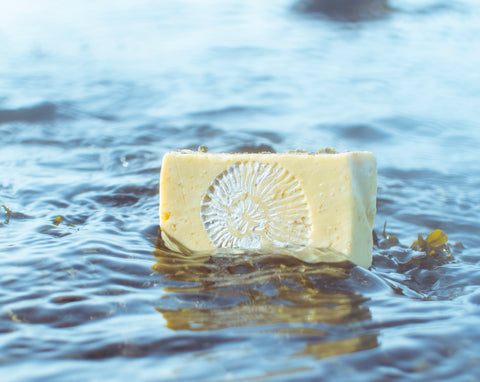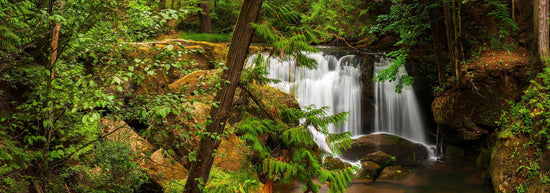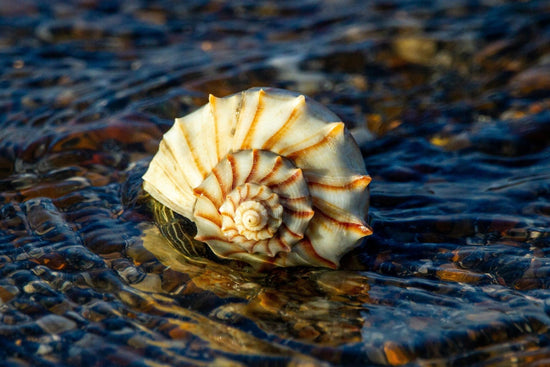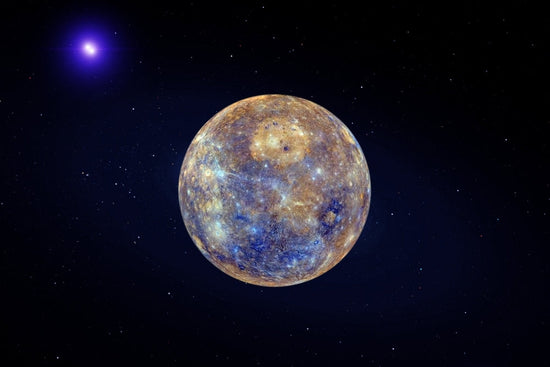Water conservation is an often overlooked but very important environmental issue. Here in the Pacific Northwest, we don’t think much about water use. The region is renowned for temperate rainforests and home to some of the rainiest cities in the nation. But saving water here is as important as it is elsewhere in the nation.
We receive the majority of our precipitation during the winter months; in fact Seattle gets nearly ten times the amount of precipitation during peak winter months than during peak summer months. Because our summers are relatively dry, the hydrological cycle depends on water stocks built up during the winter months. These stocks are in the form of surface reservoirs, groundwater stocks, and even mountain snowpacks.
In the wake of a record setting heatwave and with wildfire season fast approaching, we’re reminded that northwest summers are becoming drier and hotter as the global climate changes. Increasing demand for water leaves surface waters insufficient for maintaining wetlands and salmon streams throughout the region. Reducing the demand for water increases the amount of surface water available for the plants and animals that we share this land with.
While irrigation for agriculture represents the largest water withdrawal in Washington State, public supply represents the second largest at 20% of total withdrawals as of 2015. Public supply includes water delivered to homes and businesses, making our water conservation efforts an important part of maintaining our hydrology. So how are some ways that you can conserve water?
1. Stop Watering Your Lawn

The lush, green lawn has become a hallmark of the idyllic American suburb, but keeping a lawn green through the summer months comes with a high cost. Depending on your climate, 30% to 60% of home water usage is dedicated to lawn care.
Without frequent watering, a green lawn turns brown in the summer, but this doesn’t mean the grass is dead. Yellowing and dieback are normal parts of the lifecycle of most grasses, and once the wet weather returns, the grass sprouts and greens again.
If a dry, patchy lawn is too unsightly for you, there are other lawn alternatives that require less water and maintenance. These range from beds of flowers and vegetables to herbs and mosses. Choose an alternative that is appropriate for your climate for best results. Low growing herbs like some kinds of thyme and chamomile, smell great when walked on, and legumes like clover fix nitrogen in the soil.
2. Try Drip Irrigation in the Garden

Flower beds and vegetable gardens need to be watered through the summer to keep them productive, but sprinklers and hand watering can be wasteful. Much of the water can end up outside of the bed on paved surfaces where it just drains away, and the water that does end up on the garden can quickly evaporate from the surface, meaning that you need to use more water to get a good, deep watering.
Using drip irrigation can save water in your garden. Drip irrigation is the use of a system of tubing and emitters or soaker hoses to apply water directly to the soil surface (or even under it!), providing slow but deep delivery of water to your plants. The water penetrates the soil, and spreads laterally through capillary action, leaving the surface of your soil dry. This reduces wasteful evaporation. Drip irrigation can save between 35% and 60% of water used in the garden.
This kind of irrigation system has benefits for your plants as well, helping to keep leaves dry, reduce fungal infection, and encourage deep, robust root systems.
You can improve the efficiency of your watering even more by applying a mulch to garden beds, which protects the soil and your plants’ roots.
3. Find and Fix Leaks
For water use in the house, most is used in the bathroom. The toilet is the primary culprit, followed by the shower. Leaks or drips in any of these fixtures can cause a great deal of water waste, especially since the toilet itself holds a great deal of water and refills automatically. Finding and fixing leaks is not just good home maintenance; it’s also water wise.
Replacing traditional bathroom fixtures with water saving fixtures can also help a great deal, and a bottle of water placed in the toilet tank can reduce water usage quickly and cheaply!
4. Take Shorter Showers
We’ve known that shorter showers save water for a long time. A traditional shower head can use up to five gallons of water per minute, so reducing your shower time by five minutes can reduce your water usage by 25 gallons per shower!
A side benefit to shorter showers is that you also save the energy used to heat all that water, which not only reduces your carbon footprint, but also your electricity bill.
5. Choose Water Wise Foods

Some foods use less water to produce than others, so choosing water wise foods for your diet can help conserve the enormous amount of water that’s used in agriculture. Almonds, pistachios, corn, rice, and tree fruits can use a lot of water, and processed foods tend to use more water than fresh foods. Processing tomatoes, for example, use more water than fresh tomatoes.
Common vegetable crops that use less water include onions, potatoes, tomatoes, cabbages, cucumbers, and squashes. These are also vegetables that are commonly grown in home gardens! Berries tend to use less water than tree fruits.
It’s not just the types of produce that you buy; the types of meat that you eat make a big difference, too! Chickens use almost a tenth of the water per ounce to produce than beef.
6. Reduce or Eliminate Meat

Meat itself is a big water user. Not only do the animals themselves require water to survive, but the crops used to feed them, like grains, grasses, and alfalfa, also use a ton of water to grow. While choosing water-wise meat can help, reducing or eliminating the meat in your diet makes an even bigger impact. Eliminating the meat in your diet can reduce your water footprint by up to 55%!
If you’re not ready to go vegetarian, replacing the meat in your diet with eggs and sustainably harvested fish can also reduce your water footprint.
7. Use Bar Soaps Instead of Liquid Soaps

In many cases, your liquid soaps and shower gels are the same thing you can get in a high-quality bar soap, but with water added. Using soaps in bar form not only reduces the amount of water used to make the product, but also provides you with more product overall, since the bar isn’t diluted!
The same is true for detergents, like laundry and dishwasher detergents. Choosing a powder or other dry detergent saves water and is more cost effective. There are even bar soaps for handwashing your dishes!
A side benefit of choosing dry soaps and detergents is that they’re lighter weight and use less fuel to ship.
8. Reduce Your Energy Use
In the United States, almost 90% of our electricity comes from thermoelectric power plants, generated by burning fossil fuels. Most of these plants use the heat generated by burning these fuels to boil water, which then moves turbines to produce electricity. Nearly half of these plants use “once through” cooling systems, which means the water is only used once.
Here in the Pacific Northwest, a lot of our power is generated by hydroelectric power plants, which use pressure from dams to produce electricity. These dams reduce the amount of surface water that reaches streams, rivers, and wetlands downstream. Removing some of these dams may be vital to restoring vital habitat, so using less electricity matters here, too.
Transportation fuels also use a lot of water (3-6 gallons of water to a gallon of gasoline!) to refine and produce, so reducing the amount of fuel used in transportation, by walking, biking, and using public transportation, also saves water.
9. Catch and Use Rainwater
Depending on your local regulations, using a rainwater catchment system can help save water. While this water is removed from the hydrologic cycle for a period of time, these reserves can be held for times when water is less plentiful, reducing the demand on water resources during peak seasons. This is particularly important in places where rainfall is very seasonal, like here in the Pacific Northwest.
While rain catchment systems cost money to install (starting at around $120 for a single barrel and going up for more extensive and complicated systems), the rain that they collect is free. This water can be used for watering gardens and car washing, but shouldn’t be used for drinking. Catching water that would otherwise fall on paved surfaces and using it for irrigation returns this water to the natural hydrologic cycle, allowing it to seep into the ground, help charge groundwater stocks, and making its way to streams and other waterways while being filtered by the soil.
Since these systems are open by definition, use a fine screen to stop mosquitoes breeding.
There are many other ways to conserve water, and these days every bit counts. At Sea Witch Botanicals, we’re dedicated to preserving our waters. If you have ways to conserve water that we missed, we want to hear it!






1 comment
Great list of ways to conserve our most precious resource! I love all the extra tips in your tip list, too – it often is the “little” things that add up to big impacts. Thank you again for caring enough to share!